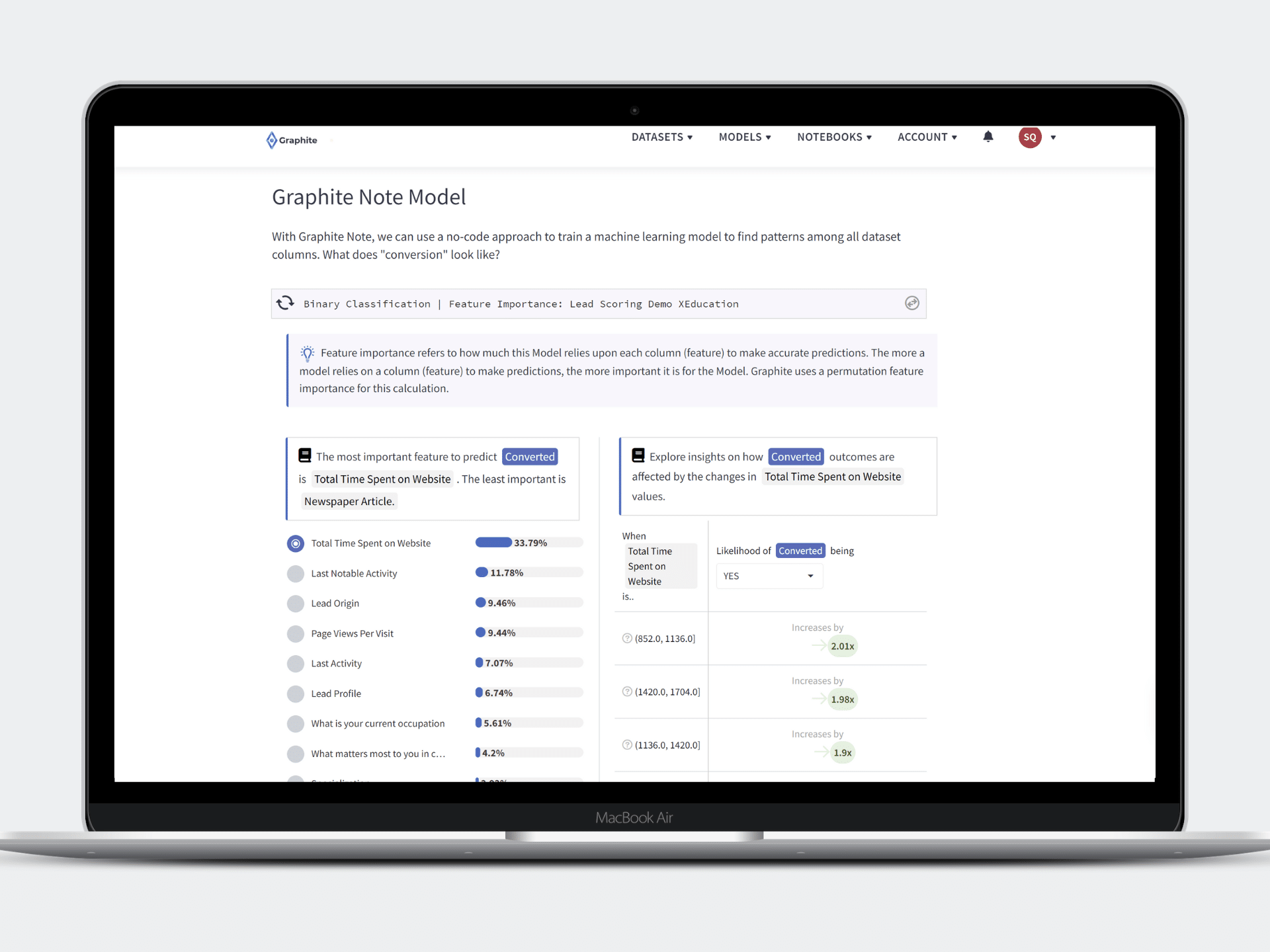Customer behavior analysis is important for digital agencies. By understanding the intricacies of customer buying behavior, businesses can tailor their strategies to maximize engagement, conversions, and revenue. In this article, we will discuss the importance of customer behavior analysis, explore various techniques to analyze customer behavior, highlight key metrics to measure, and outline how to interpret and apply consumer behavior insights.
Understanding the Importance of Customer Behavior Analysis
Customer behavior and buyer behavior is a fascinating subject. Consumer behaviors include the actions, preferences, and decisions customers make when interacting with brands. By analyzing customer behavior, digital agencies gain invaluable insights into how to effectively capture the attention and loyalty of a target audience.
Analyzing consumer buying behavior enables digital agencies to:
- Create personalized marketing strategies.
- Enhance customer experiences.
- Improve customer service.
- Improve product development based on customer preferences.
Consumer behavior analysis enables businesses to build strong customer relationships, increase brand loyalty, and drive sustainable growth. Understanding customer data and behavior patterns is important to grow your business. Consumer behavior analysis can help.
Defining Customer Behavior
Customer behavior refers to the actions customers take when interacting with your brand. These include browsing your website, making purchases, or engaging with your social media content. By analyzing these actions, patterns and trends emerge, offering valuable insights into what motivates and influences consumer decisions. Consumer behavior research gives you key insights into the consumer decision process.
Customer behavior is not a one-size-fits-all concept. Consumer behavior varies across different industries, demographics, and cultural backgrounds. For example, the behavior of millennials differs from that of baby boomers. The behavior of online shoppers may differ from that of in-store shoppers. Understanding these nuances is important for digital agencies to tailor their strategies and effectively engage with their target audience. That’s where consumer behavior research helps to support and augment customer strategies.
Customer behavior can be influenced by various factors. Behavior analysis can help pick up these factors. These can include a customer’s basic needs, customer pain points, consumer beliefs, personal preferences, personal factors, situational factors, social influences, social factors, social status, cultural factors, and consumer needs. Behavior analytics can also help agencies and businesses understand purchasing decisions, complex buying behavior, habitual buying behavior, and other psychological factors. By understanding these underlying factors, digital agencies can create an effective marketing strategy that resonates with their audience on a deeper level. Customer behavior analysis also helps you calculate customer lifetime value, understand how to attract new customers, and build a competitive advantage.
The Role of Customer Behavior in Digital Marketing
Customer behavior plays a pivotal role in digital marketing strategies. By understanding how customers engage with digital channels, agencies can tailor their marketing messages and advertising efforts to effectively reach and resonate with their audience. By leveraging customer behavior insights, agencies can optimize their marketing campaigns, allocate resources strategically, and achieve higher ROI.
One of the key benefits of analyzing customer behavior in digital marketing is the ability to create personalized experiences for customers. By tracking customer interactions, agencies can gather data on individual preferences, browsing habits, and purchase history. This data can then be used to deliver targeted content and recommendations that align with each customer’s unique needs and interests. Personalization enhances the customer experience, increases the likelihood of conversion and repeat business. Customers are more likely to repeat their purchase decisions when they have had a positive experience. Understanding a customer’s purchase decision, and how they make buying decisions is important.
Customer behavior analysis enables digital agencies to identify and address pain points in the customer journey. By understanding where customers are dropping off or experiencing difficulties, agencies can make necessary improvements to streamline the user experience. This leads to higher customer satisfaction, increased engagement, and ultimately, improved business performance.
Customer behavior analysis helps agencies stay ahead of market trends and anticipate future customer needs. By monitoring customer preferences and tracking industry shifts, agencies can proactively adapt their strategies and offerings to meet changing demands. This agility is crucial in the fast-paced digital landscape, where customer expectations are constantly evolving.Customer behavior analysis enables digital agencies to gain deep insights into their target audience. By understanding customer behavior, agencies can create personalized marketing strategies, enhance the customer experience, and drive business growth. By continuously analyzing and adapting to customer behavior, agencies can stay ahead of the competition and build long-lasting customer relationships. This level of valuable insight can improve the customer experience as a whole.
Techniques for Analyzing Customer Behavior
Understanding customer behavior is crucial for digital agencies to effectively target their audience and optimize their marketing strategies. By employing various techniques, agencies can gain valuable insights into user actions, preferences, and sentiments. Here are some powerful techniques that digital agencies can use to analyze customer behavior:
Behavioral Analytics Tools
One of the most widely used techniques is the utilization of behavioral analytics tools such as Google Analytics and Kissmetrics. These tools provide agencies with the ability to track and analyze user behavior on websites and mobile applications. By implementing tracking codes and tags, agencies can gather valuable data on user actions, funnel visualization, and conversion rates. With the help of behavioral analytics tools, digital agencies can gain a comprehensive understanding of how users interact with their digital assets.
They can identify which pages or features attract the most engagement, the paths users take before converting, and the drop-off points in the conversion funnel. Armed with this data, agencies can make data-driven decisions to optimize their websites and applications, improve user experience, and ultimately increase conversion rates. These reference groups and data points give you valuable insight into understanding customer behavior. Behavioral analytics tools cut down on the need to conduct an information search, when you can analyze customer behaviors based on historical data.
Social Media Listening
In today’s digital landscape, social media platforms have become powerful channels for customer engagement and feedback. By monitoring and analyzing social media conversations, digital agencies can gain incredible insights into customer behavior. Social media listening involves tracking and analyzing customer sentiments, preferences, and feedback expressed on platforms such as Facebook, Twitter, and Instagram. By closely observing these conversations, agencies can identify trends, patterns, and emerging topics that are relevant to their target audience. This information can be used to tailor their messaging, identify new opportunities, and proactively address customer concerns.
Furthermore, social media listening allows agencies to keep a finger on the pulse of their audience, understanding their needs, desires, and pain points. By leveraging this information, agencies can develop more targeted marketing campaigns, create content that resonates with their audience, and build stronger relationships with their customers.
Customer Journey Mapping
Mapping the customer journey is a technique that involves visualizing each touchpoint and interaction a customer has with a brand. This technique allows digital agencies to gain a holistic understanding of the entire customer experience, from the initial awareness stage to the final conversion. Using a customer journey map, agencies can identify pain points and areas of improvement throughout the customer’s interaction with their brand. They can uncover opportunities to enhance engagement, streamline the conversion process, and deliver a seamless user experience. Qualitative data can help agencies understand consumer online shopping behavior. This helps to build effective marketing strategies too.
Customer journey mapping involves analyzing various touchpoints, including website visits, social media interactions, email communications, and customer support interactions. By examining each touchpoint in detail, agencies can identify potential areas for optimization, such as improving website navigation, personalizing email communications, or enhancing customer support processes. Customer journey mapping enables digital agencies to align their marketing efforts with the customer’s needs and expectations. By understanding the customer’s perspective, agencies can create targeted marketing campaigns, deliver personalized experiences, and foster long-term customer loyalty.

Key Metrics in Customer Behavior Analysis
Now that we have explored the techniques for analyzing customer behavior, let’s take a closer look at the key metrics that need to be measured:
Bounce Rate and Time on Site
The bounce rate is the percentage of visitors who leave your website after viewing only one page. Time on site refers to the amount of time visitors spend on your website. These metrics provide insights into the effectiveness of the website’s design, content, and user experience.
Conversion Rate
The conversion rate measures the percentage of website visitors who complete a desired action, such as making a purchase, filling out a form, or subscribing to a newsletter. Tracking and analyzing conversion rates help agencies optimize their conversion funnels and identify areas for improvement.
Customer Retention Rate
The customer retention rate indicates the percentage of customers who continue to engage with your brand over a specific period of time. By understanding this metric, agencies can identify opportunities to enhance customer loyalty, improve product offerings, and implement successful retention strategies.
Interpreting Customer Behavior Data
Now that we have explored the techniques and metrics, let’s move on to interpreting the data obtained from customer behavior analysis:
Identifying Patterns and Trends
By analyzing customer behavior data, agencies can identify recurring patterns and trends. This information helps in making informed decisions about marketing campaigns, product development, and customer engagement strategies. Recognizing patterns ensures that agencies are well-prepared to adapt to changing customer preferences and market dynamics. When you identify patterns and trends, you better understand why a customer prefers a particular product, or certain products. You can also plan for enhancing your current products, trialing new products, or switching strategies. Patterns and trends can save you from extensive research, and understand why a specific brand does well, while another does not. This is valuable insight for retailers and businesses.
Predicting Future Behavior
Through customer behavior analysis, agencies gain a deeper understanding of their target audience. This understanding allows them to predict future behavior and stay ahead of customer expectations. They can also better understand how current products perform for their reference group. By using predictive analytics, digital agencies can forecast trends, tailor their strategies, and gain a competitive edge.
Applying Customer Behavior Insights
Finally, let’s explore how digital agencies can apply the insights gained from customer behavior analysis:
Personalizing Marketing Strategies
By understanding customer preferences and behaviors, agencies can deliver personalized marketing strategies that resonate with their target audience. Personalized messages and offers boost engagement and foster a sense of brand loyalty among customers. This builds more effective marketing strategies that result in higher ROI.
Enhancing Customer Experience
By analyzing customer behavior, agencies can identify pain points in the customer journey and take proactive measures to improve the overall customer experience. Streamlining processes, addressing concerns, and providing exceptional service will leave a lasting impression on customers.
Improving Product Development
Customer behavior analysis provides invaluable insights into customers’ needs and preferences. Agencies can leverage this information to refine existing products or develop new offerings that cater to their target audience’s demands. By aligning product development with customer behavior, digital agencies can ensure sustained growth and customer satisfaction.
In conclusion, customer behavior analysis is an essential tool for digital agencies to maximize their success. By understanding customer behavior, agencies can create personalized marketing strategies, enhance the customer experience, and improve product development. To facilitate this analysis more effectively, digital agencies can leverage platforms like Graphite Note. With its no-code predictive analytics and machine learning platform, agencies can easily capture and analyze customer behavior data, gaining invaluable insights that will drive their business forward.




